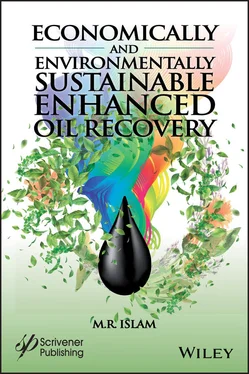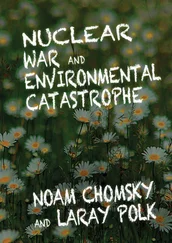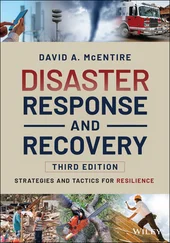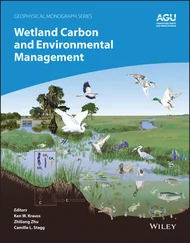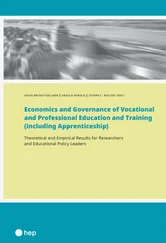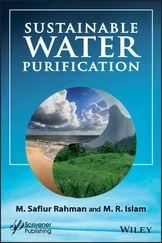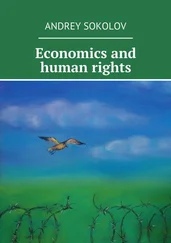A major case in point here is China. For the last two decades, it attempted to curtail its population growth with a one-child per family law. The current Chinese government at the behest of the latest congress of the Communist Party of China has now repudiated this policy as practically unenforceable. Furthermore and even more interesting, however is that Figure 2.14 shows that the population growth has in fact been dwarfed by the increase in per capita energy consumption. A similar conclusion emerges from the comparable statistical profile for the Indian subcontinent, where infanticide and female-selective abortion is in order to boost male population in favor of female population that is considered to be a drain to the economy. This finding is meaningful considering India and China hold one third of the world population and can effectively change the global energy outlook either in favor or against sustainability.
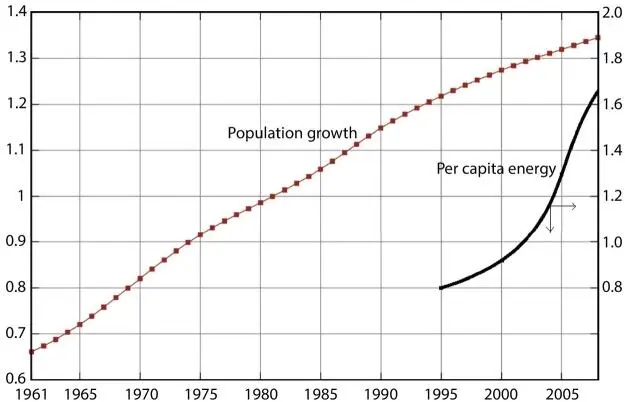
Figure 2.14Population and energy paradox for China (From Speight and Islam, 2016).
In order to change the above trend, and address the population and energy paradox, several indices have been introduced. These indices measure happiness in holistic terms. Comparing one person’s level of happiness to another’s is problematic, given how, by its very nature, reported happiness is subjective. Comparing happiness across cultures is even more complicated. Researchers in the field of “happiness economics” have been exploring possible methods of measuring happiness both individually and across cultures and have found that cross-sections of large data samples across nations and time demonstrate “patterns” in the determinants of happiness. The New Economics Foundation was the first one to introduce the term “Happiness index” in mid 2000’s (Khan and Islam, 2007; White, 2007). In first ever ranking, Bangladesh, one of the poorest nations of the time was found to be the happiest among some 150 countries surveyed. At that time, Bangladesh was among the lowest GDP countries along with very low per capita energy consumption. This study demonstrated that happiness is in fact inversely proportional to per capita energy consumption or GDP. Before, this study would set any trend globally in terms of energy policies, a number of similar happiness indices were introduced in succession, all showing a direct, albeit broad, correlation between GDP and happiness. One such index is the Happy Planet Index (HPI) that ranks 151 countries across the globe on the basis of how many long, happy and sustainable lives they provide for the people that live in them per unit of environmental output. It represents the efficiency with which countries convert the earth’s finite resources into well being experienced by their citizens. The Global HPI incorporates three separate indicators:
1 ecological footprint: the amount of land needed to provide for all their resource requirements plus the amount of vegetated land needed to absorb all their CO2 emissions and the CO2 emissions embodied in the products they consume;
2 life satisfaction: health as well as “subjective well-being” components, such as a sense of individual vitality, opportunities to undertake meaningful, engaging activities, inner resources that help one cope when things go wrong, close relationships with friends and family, and belonging to a wider community;
3 life expectancy: included is the child death, but not death at birth or abortions.
The first item couples CO2 emission levels with the carbon footprint measure. This emission relates only to fossil fuel usage, and does not take in account the fact that CO2 that is emitted from refined oil is inherently tainted with catalysts that are added during the refining process. This creates bias against fossil fuels and obscures the possibility of finding any remedy to the energy crisis.
The Organization for Economic Co-operation and Development (OECD) introduced the Better Life Index. It includes 11 topics that the OECD has identified as essential to wellbeing in terms of material living conditions (housing, income, jobs) and the quality of life (community, education, environment, governance, health, life satisfaction, safety and work-life balance). It then allows users to interact with the findings and rate the topics against each other to construct different rankings of wellbeing depending on which topic is weighted more heavily. For the purpose of this analysis, what matters is the Life Satisfaction survey. Life satisfaction is a measure of how people evaluate the entirety of their life and not simply their feelings at the time of the survey. The OECD study asks people to rate their own life satisfaction on a scale of 0 to 10. The ranking covers the organization’s 34 member countries plus Brazil and Russia.
The Happy Planet Index ranked Costa Rica as the happiest country in 2012. The particularly high score relates to high life expectancy and overall wellbeing. Vietnam and Colombia follow in second and third place. Of the top ten countries, nine are from Latin America and the Caribbean. Countries from Africa and the Middle East dominate the bottom of the ranking instead. Botswana is last after Bahrain, Mali, the Central African Republic, Qatar and Chad. Developed nations such as the United States and the European Union member countries tend to score high on life expectancy, medium-to-high in wellbeing, but rather low on their ecological footprint, which puts them in the ranking’s second-tier.
2.5.2 The Finite/Infinite Conundrum
The next assumption of peak oil theory is that the oil reserve is finite. The theory first assumes the ultimate recoverable reserve, then expresses cumulative oil production as a function of the ultimate recoverable reserve. Cavallo (2004) defines the Hubbert curve used to predict the U.S. peak as the derivative of:
(2.7) 
Where Q(t) is the cumulative oil production and Q maxis the maximum producible reserve and a and b are constants. The year of maximum annual production (peak) then back is calculated as:
(2.8) 
The fixation of Q maxis in the core of the Hubbert curve. Theoretically, the recoverable reserve increases for two reasons: 1) the boundary of resource; 2) the technology. As discussed in earlier sections, the boundary of resource is continuously moving. The recent surge in unconventional oil and gas reserve makes an excellent point to this regard. In fact, the following section makes the argument that this boundary is fictitious and for a sustainable recovery scheme, this boundary should not exist. The second reason for the reserve to grow is the technology that becomes applicable to a broader resource base. The earlier section on EOR makes the argument that EOR schemes alone can continue to increase the reserve and has done so in the past.
There is a general misconception that Hubbert was concerned with “easy” oil, “easy” metals, and so forth that could be recovered without greatly advanced mining efforts and how to time the necessity of such resource acquisition advancements or substitutions by knowing an “easy” resource’s probable peak. The difficulty of Hubbert curve is not its assumption that easy oil recovery is constant, it is rather the notion that a resource that turns into reserve with time is finite. As shown in previous sections, accessing greater resource bases is not a matter of ‘more difficult’ technology, it is rather a matter of producing with sustainable techniques.
Читать дальше
